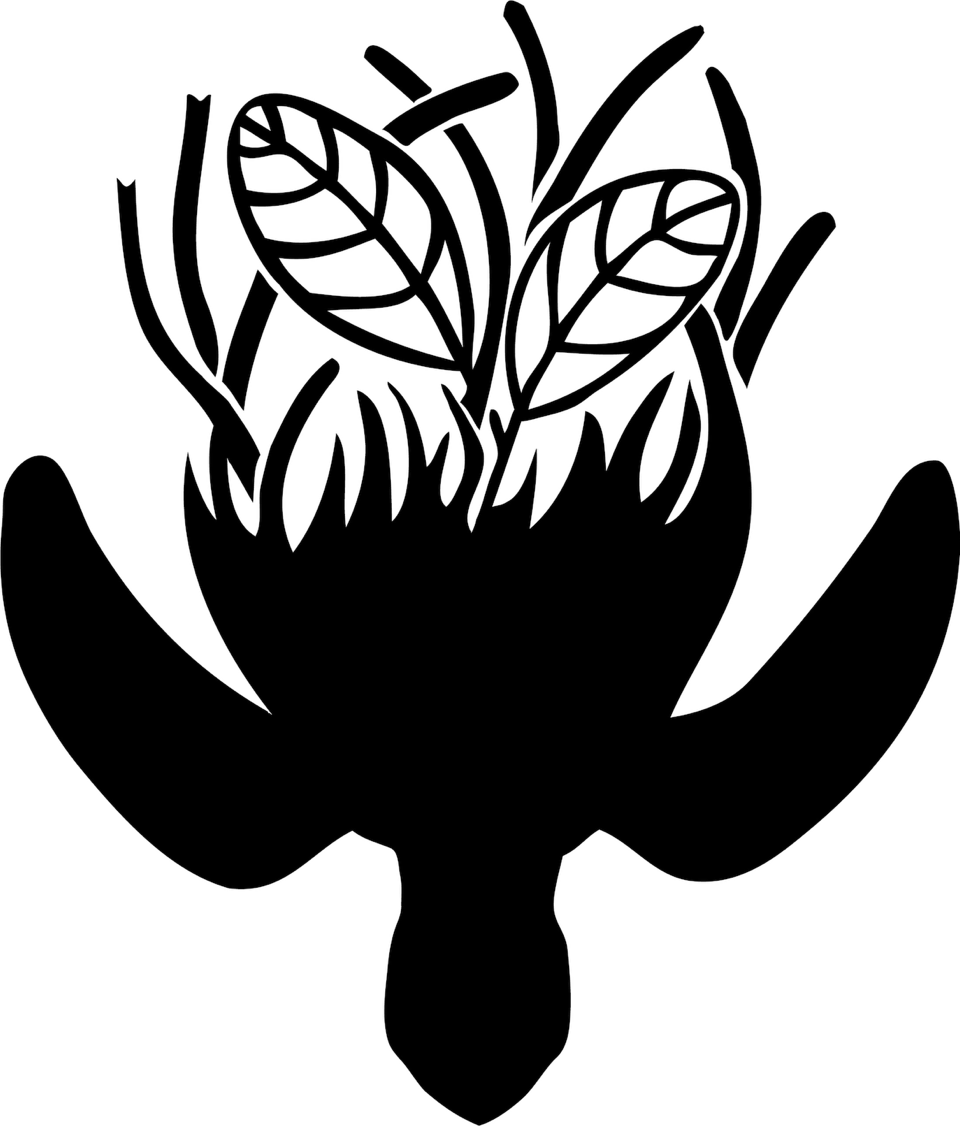Our Work
We focus on the ecological functioning of seagrass meadows, shellfish reefs, salt marshes, and mangrove forests and how they interact with management strategies like megafauna protection and habitat restoration under different global change scenarios. By developing new indicators and tools for ecosystem preservation and our fundamental knowledge, we aim to contribute sound scientific insights to promote responsible coastal management.
We explore both the causes of coastal degradation and the consequences for ecosystem functions, while identifying optimistic pathways for rewilding marine ecosystems to boost resilience against global change. This includes investigating how connectivity between ecosystems across the seascape and land-sea interface impacts resilience. Our multidisciplinary approach combines field experiments, food web analysis, biogeochemistry, plant physiology, hydrology, spatial ecology, telemetry, remote sensing, and animal behavior. We are increasingly incorporating drone technology and machine learning to identify rewilding opportunities and develop innovative tools for ecosystem management and restoration. Explore our projects here:
Current Research Projects
Enhancing Coastal Resilience through Trophic Rewilding (WildMarsh) This project explores whether trophic rewilding can improve the resilience of salt marshes to climate change, enhance biodiversity, and strengthen ecosystem functioning. We assess how rewilding influences resilience to sea-level rise, storms, and heatwaves, and develop rapid-assessment tools to measure its impacts at larger scales. (PhD: Marieke and Jente, Funding NWO)
Megaherbivores and Carbon Dynamics in Seagrass Ecosystems. In Indonesia’s biodiverse seagrass ecosystems, we investigate how green turtles affect carbon storage and greenhouse gas emissions. This work aims to provide accurate data for climate change mitigation strategies and supports Indonesia’s Nationally Determined Contributions. (PhD: Susi Rahmawati, Funded by LPDP)
Megaherbivore – top predators as an indicator for seagrass condition? In the Bahamas we started a collaboration to investigate the change in behavior of green turtles in response to changes in seagrass habitat condition and shark presence (Funding acquisition in progress)
Functional Consequences of Sea Turtle Hybridization
This study investigates how hybridization may affect the ecological roles of sea turtles in their ecosystems and its implications for conservation (Phd: Liesa Celie, Funding NWO M1)
Revitalising North Sea Reef Ecosystem Services (ReViFES)
Here we study the ecological functions of biogenic reefs in the North Sea, focusing on species like oysters, mussels, and cold-water corals. (PhD: Caterina Coral @NIOZ, Funding NWO-TTW)
Artificial Structures and the Functioning of the North Sea Ecosystem (ASSESS)
We examine how artificial hard structures, like offshore wind farms, affect nutrient cycling, carbon storage, and ecosystem functioning in the North Sea. (PhD: Lea Kornau @WMR)
NoRegrets – North Sea Renewable Energy Transition (2025-2030)
We study benthic communities and the bentho-pelagic food web in and around offshore wind farms, using both traditional and innovative methods to understand the ecological impacts of renewable energy infrastructure. (Funded by NWO-NWA-ORC)
Completed Projects
Global Defaunation and Plant Invasion in Seagrass Ecosystems (2018-2024)
We studied how changes in large herbivore populations and invasive seagrass species impact seagrass ecosystem services in the Caribbean. Our findings highlight the role of green turtles in influencing invasive species dynamics (Funding NWO-VENI, PhD: Fee Smulders)

Tropical Carbon Cascades: Mapping Biogeochemical Connectivity (2019-2024)
This project investigated the links between mangroves, seagrass, and coral ecosystems, focusing on biogeochemical processes. (Funding: NESSC, NWO-gravitation, PhD: Sara Pino Cobacho)

Impact of Sargassum Brown Tides on Seagrass and Mangrove Ecosystems (2019-2025)
We assessed how sargassum tides affect coastal ecosystems. (PhD: Luuk Leemans)
Population Connectivity and Habitat Use of Sea Turtles
This project mapped sea turtle habitats in 6 Islands of theCaribbean using satellite tracking, isotope anlaysis and molecular tools. (Funding NWO-Caribbean, PhD: Jurjan van der Zee, Postdoc Marjolijn)


Biodegradable Ecosystem Engineering Elements (BESE)
We tested biodegradable structures to support seagrass restoration, simulating natural feedback mechanisms that enhance establishment and growth.

Food Web Structure and Restoration of Foundation Species in the Wadden Sea (Waddensleutels)
In this Wadden Sea wide food web study we used stable isotope data of 10.000+ samples and studied food web dynamics of foundation species like mussels to develop new food web metrics to monitor nature conservation succes.

Multi-Scale Seagrass Patterning in Shark Bay, Western Australia
We investigated the factors driving unique self-organization patterns in seagrass beds.


Spatial Seagrass Patterns as Indicators of Resilience
Using UAV imagery, we analyzed how turtle grazing and hydrodynamics shape seagrass patterns, offering insights into ecosystem resilience


